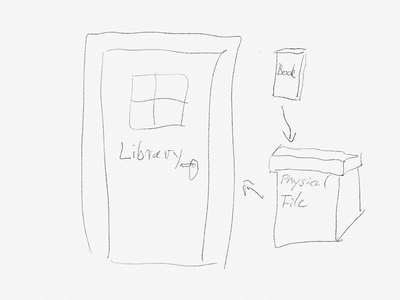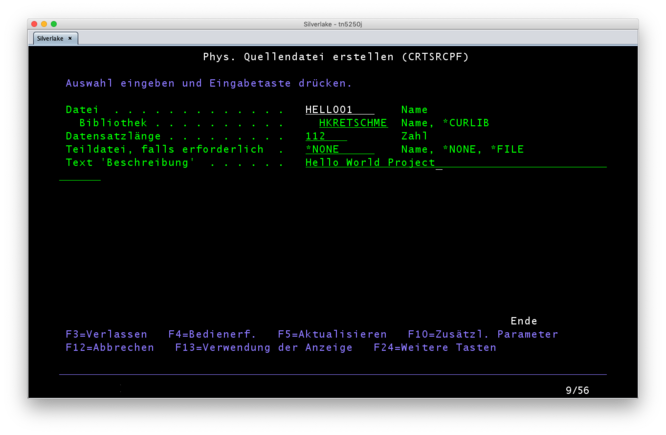User:Heiko
About
This is Heikos personal page, in which he maybe shares some private information or collects bits for new articles.
Personal information
Heiko has been in IT since the 90s, but never worked with an AS/400...until 2019. He'll document his first steps in the hope they will be useful to others.
Sandbox
Screen mit MW-Bordmitteln:
Anmelden
System . . . . . : SLVRLAKE
Subsystem . . . . : QINTER
Bildschirm . . . : QPADEV0004
Benutzer . . . . . . . . . . . .
Kennwort . . . . . . . . . . . .
Programm/Prozedur . . . . . . . .
Men} . . . . . . . . . . . . . .
Aktuelle Bibliothek . . . . . . .
(C) COPYRIGHT IBM CORP. 1980, 2013.
<console> Test </console>
<console>
Anmelden
System . . . . . : SLVRLAKE
Subsystem . . . . : QINTER
Bildschirm . . . : QPADEV0004
Benutzer . . . . . . . . . . . .
Kennwort . . . . . . . . . . . .
Programm/Prozedur . . . . . . . .
Men} . . . . . . . . . . . . . .
Aktuelle Bibliothek . . . . . . .
(C) COPYRIGHT IBM CORP. 1980, 2013.
</console>
Ideas for new articles
Project Hello World
Preparations
Things you need:
- an AS/400 (obviously :) )
- an working account
- log in
- command prompt
- maybe this for easy reference: Basic Commands
Creating a physical file to hold the sources
Every user has a personal library, like an home in an Linux environment. Since a user can have and use multiple libraries, the current (=default for all operations) is stored in *CURLIB[1]. Because the value of *CURLIB can be changed by the screen you are currently working in, all following commands will contain my personal library name HKRETSCHME. If you are sure *CURLIB is set correctly, you can omit the library.
This command creates a physical file named HELLO01:
CRTSRCPF FILE(HKRETSCHME/HELLO01) RCDLEN(112) TEXT('Project Hello World')
But I prefer to do this in more steps, which I'd recommend to every beginner (By the way: don't bother using cases, the AS/400 won't either. Using capital commands and names just makes it more readable in this article.):
CRTSRCPF
If you don't give any parameters for this command, you will be asked. This works great for CRTSRCPF, but in general, OS/400 will only ask for necessary arguments. Some commands, like CHGUSRPRF will just do nothing.
This always works:
Enter the command you want to execute and then hit F4.
A small detour: Physical Files?
Heiko struggled a lot with this and thinks a small introduction is necessary:
- Libraries: Every user has his own personal library, think of it like a Linux home directory. Details
- Phyical Files: Of course this is no physical file, you can't touch it. And don't think of if (like I as a german[2] do) as one file (f.e. /etc/passwd), it's more like an collection of informations, like you might know from MacOS resources.
- Members: A member is a file in an physical file, like a book in a filing box. Members of a physical file share the given structure of the PF. Record structure, field lengths, etc.
A more visal approach of explaining:

The Library is the room you keep your Physical Files (like filing boxes) in. The Physical Files contain Members (like books) but must be the same size (okay, a crude explanation for the "must share structure" approach).
--> Beginners Project: Hello World (using database and display file)
Articles to maintain
- Links
- References:
- ↑ https://www.ibm.com/support/knowledgecenter/en/ssw_ibm_i_71/rzarl/rzarlcurlib.htm
- ↑ Yes, as a german IT guy you think of "file" as "Datei". But "file" in english can also mean "Akte" or "Karton mit Akten". Sorry for Kauderwelsch.
